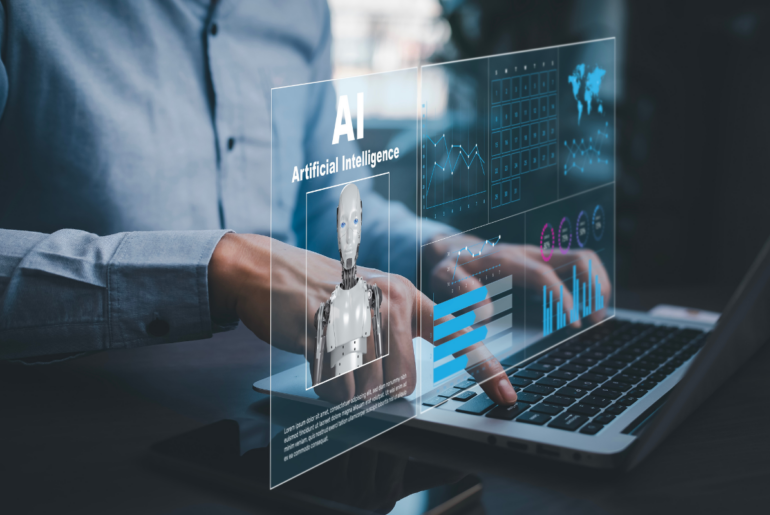A New Era of AI-Driven Healthcare in Asia Pacific Asia/Pacific’s healthcare sector is entering a revolutionary era – driven by…
As organizations attempt to keep pace with the rapidly evolving landscapes of artificial intelligence and data analytics, many are developing…
IDC’s 2024 Customer Experience Management Strategies survey found that businesses globally have shifted to a focus on improving the effectiveness…
Generative and agentic AI have begun to completely transform how enterprise applications are designed, delivered, and engaged with by users.…
Technology is no longer just an enabler – it transforms how organizations function, compete, and deliver value. Specifically, AI is…
Just when businesses in Asia/Pacific thought they were getting to grips with artificial intelligence-led disruptions in their industries, here comes…
As Asia/Pacific businesses accelerate their digital transformation journeys, artificial intelligence (AI) is becoming a core innovation enabler. From identity and…
AI is driving one of the most significant shifts in enterprise technology—but as you’ve seen, just having an AI-powered product…
The Asia/Pacific region, which serves as the world’s largest manufacturing and consumer hub, is expected to continue growing despite challenges…








